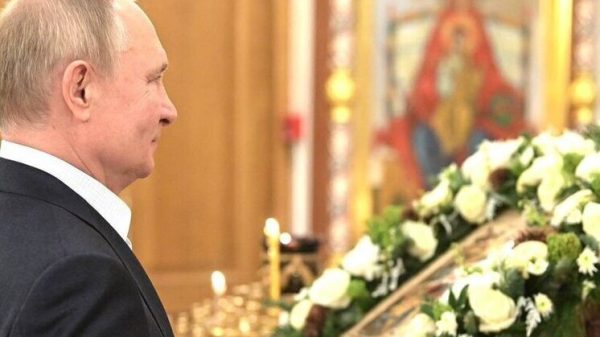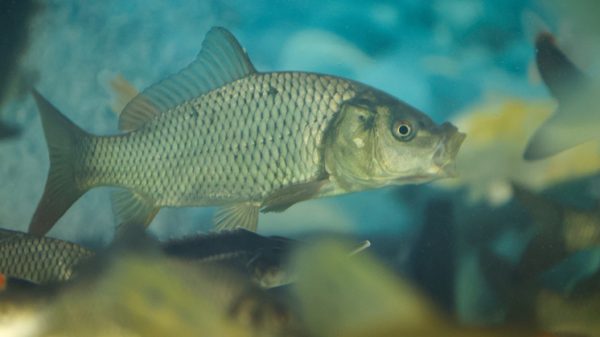Little-studied methods of gene regulation are widespread in insects
A mutant butterfly put up for sale at a well-known global online auction has helped naturalists radically change their understanding of how these insects acquire wings its intricate variety of stripes. Research shows how visible traits in many animals can be controlled by the same poorly understood genetic regulatory mechanism, based not on proteins, but on ribonucleic acid.
 < span itemprop="width" itemscope itemtype="https://schema.org/QuantitativeValue">
< span itemprop="width" itemscope itemtype="https://schema.org/QuantitativeValue">
Three teams of geneticists have proven that a gene previously missed in research is key to the formation of butterfly patterns. Its end product is not a protein, but ribonucleic acid (RNA), which regulates the genes responsible for the pigmentation of black and other shades on the wings. One team also showed that the RNA is broken down into a smaller piece that finely regulates flower production.
“They solved a puzzle that got everyone in the community thinking,” said biologist Nicholas Gompel.
The discovery prompts greater attention to be paid to non-coding RNA. For evolutionary biologist Luca Livraga, his breakthrough came when a colleague told him and bioinformatician Joseph Hanley about all-white Heliconius butterflies being sold on eBay. When they selected dozens of so-called ivory mutants, they discovered a deletion in the region of the gene previously thought to be responsible for the coloration. The team found that RNA also controls black and other scale pigmentation in other butterfly species, some of which are distantly related.
“We must now conclude that the key regulator is RNA, not protein,” concluded biologist Peter Holland.
When the team turned off the DNA encoding the microRNA, the butterflies' brown wings became lighter. Deleting the gene also had dramatic consequences for a distant relative, the cabbage fly, changing its black-patterned wings to all-white.
“A lot happens within that small part of the genome,” says biologist Violaine Llaurens. She cautions that other regulatory elements likely play a role in the structure of butterfly wings. But the fact that the same microRNA tunes coloration in very distantly related species is “surprising.” Another biologist, Ani Mazo-Vargas, suspects that these RNAs color the wings of most, if not all, of the 180,000 species of moths and butterflies.


























































Свежие комментарии